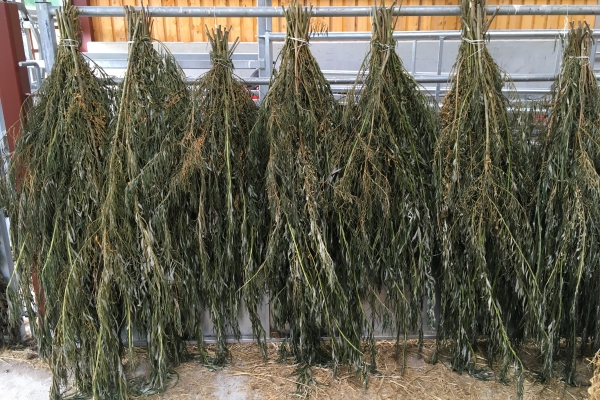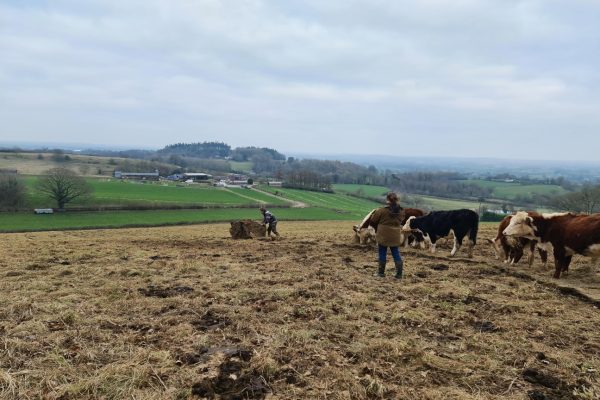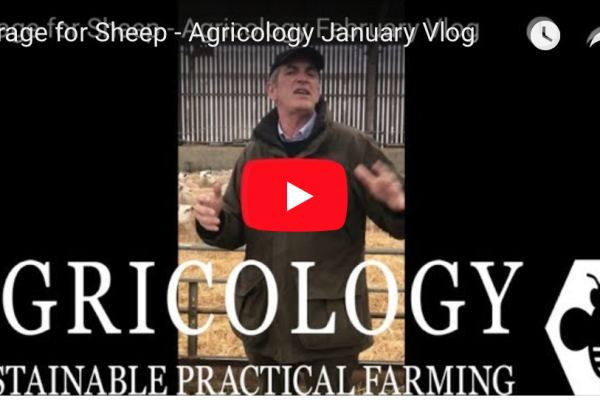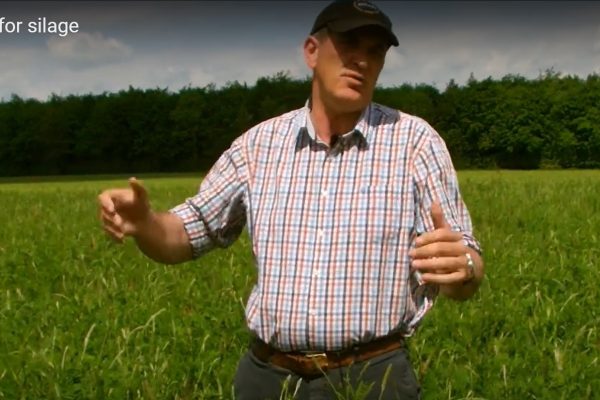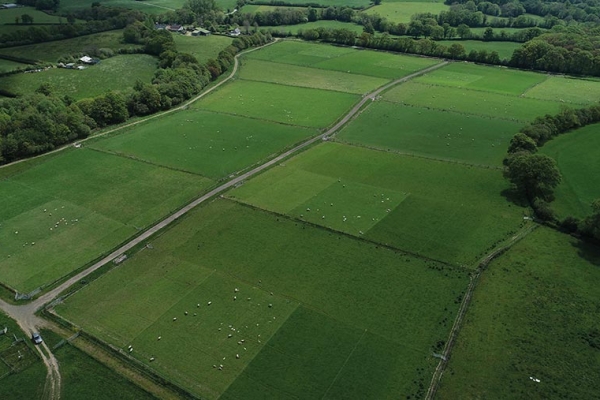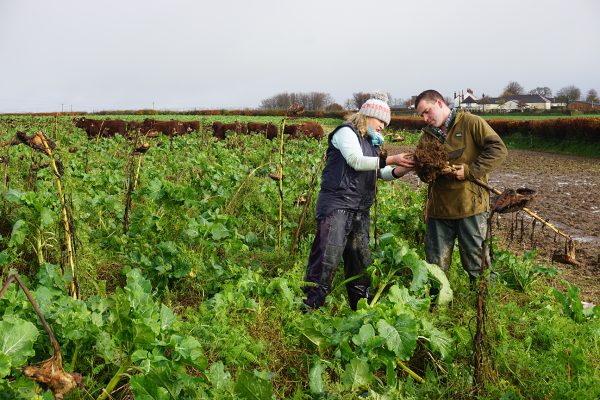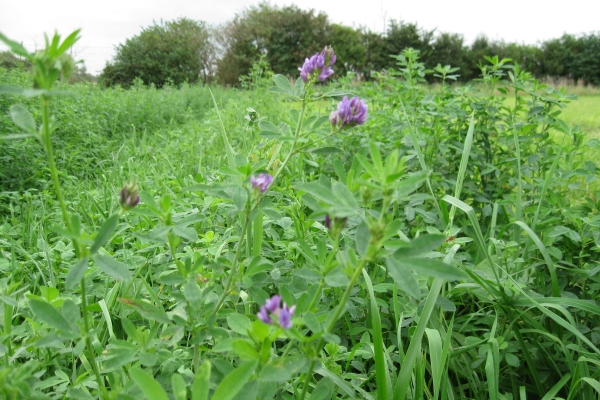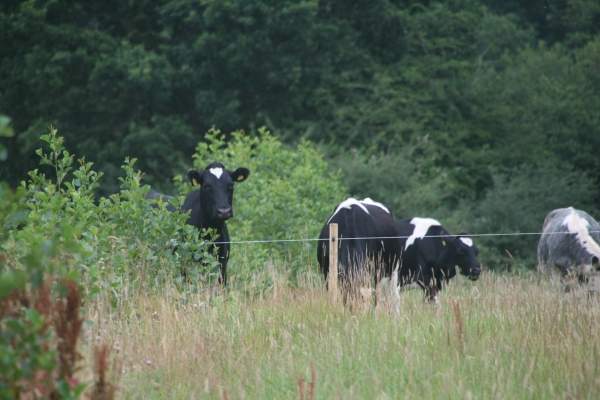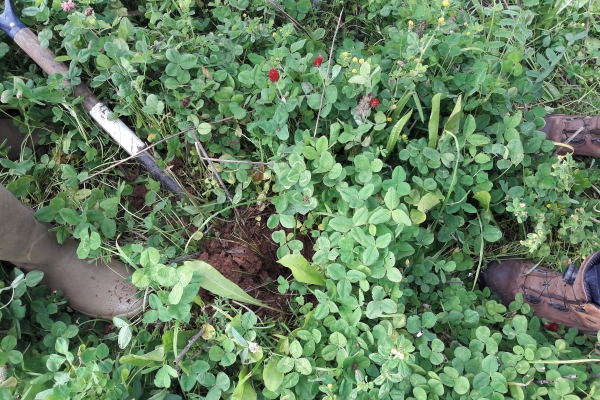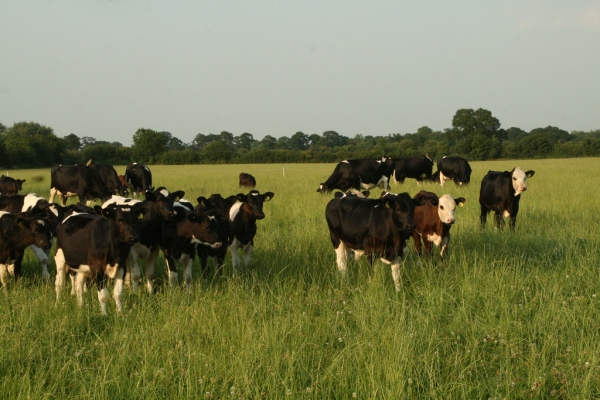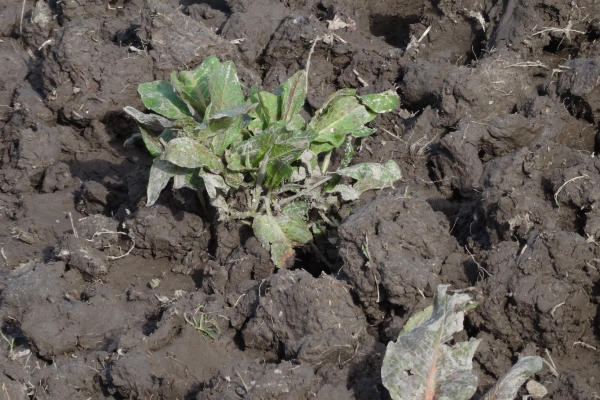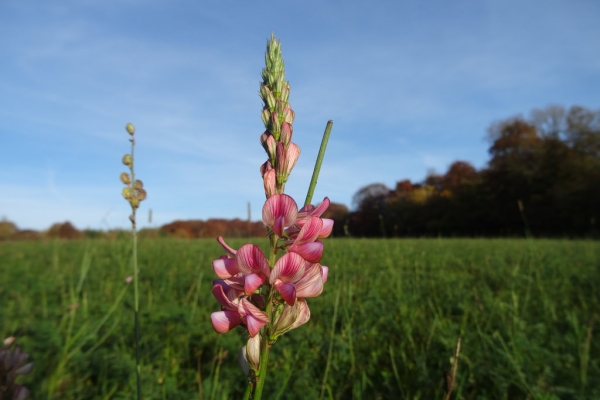Tree Hay: A forgotten fodder
A short history
The collection of tree leaves for feeding stock, usually from pollards, is now generally confined to poorer and least inhabited areas where subsistence farming and traditional herding still exists, but is believed to have been widespread across Europe until recent times. There is evidence that the practice pre-dates the making of hay from herb rich meadows and has been a farming practice for at least three millennia. The leaf fodder or “tree hay” was stored for feeding to stock during the winter, especially in mountain areas, but was also a vital source of animal feed in periods of drought especially in free draining soils. It was also an insurance against failure of the hay crop due to cold, wet summers. Trees with deeper root systems and mycorrhizal fungal associations can access moisture and nutrients and produce green leaves when other plants have dried up. The leaves may also be richer in nutrients because of this. Some tree leaves are known to have medicinal benefits and stock will self-medicate where they have the opportunity. As such there is a recent resurgence of interest in tree fodder, a valuable and untapped resource.
Producing tree hay
Tree hay is produced by the cutting or breaking of limbs and twigs of deciduous trees and shrubs in full leaf. The ideal tree to start pollarding is over the browse height i.e., over 2.3 m to 3.5 m where the main stem is never more than 19cms and preferably all sapwood. If the trunk is all sapwood then usually the exposed tissue will callus over completely with new growth from all sides around its circumference, thus making a fist shape which is called a ‘bolling’. These bollings are incredibly strong with any subsequent growth being very secure and not liable to break off. The foliage can then be cut, dried, stored and fed to animals in the winter. As with meadow hay, tree hay should be cut at the optimum time, i.e. from the end of June and through July when the tree is in full leaf, for the maximum storage of minerals and nutrients in the leaves and twigs. These nutrients will then remain present with drying.
Whilst the methods of cutting and drying tree hay appear to be very varied across Europe, the basic principles remain the same as most branches vary in length from 60cms to 2m. One method was to stack and pack the cut branches into very tight bundles that were tied with twisted ropes of willow or hazel twigs. These were then either stored by drying outside hung above ground and then kept for winter fodder or stored green. In recent trials on the Knepp Castle Estate in southern England, bundles of tree hay, or ‘faggots’, have been stored fresh (green), horizontally under shelter in a tight stack. Many of these faggots, of different species of trees and shrubs, still had quite green leaves even after a season or two of storage, some even after 24 months.
Tree hay species
It appears that across the temperate regions of Europe the majority of tree and shrub species were used for fodder, people literally used what was available. In more recent times with the arrival of meadow hay, tree hay became especially important as insurance against poor growing seasons for hay making. However, if available, ash (Fraxinus excelsior) and elm (Ulmus minor) (before its demise) appear to have been the preferred tree species with holly (Ilex aquifolium) and ivy (Hedera helix) generally cut in severe winters or again after a poor growing season for hay and grazing. Today ash regrowth can be more susceptible to Chalara after cutting, whilst the regular re-cutting of surviving elm can keep its bark thickness to a minimum and thus useless to the Bark Beetle.
As our knowledge of plant communities and their interactions with associated essential micro-organisms increases, it is not unreasonable to expect that trees may also have different mychorrhizal partnerships. These complex relationships could supply trees and shrubs with a range of nutrients and minerals which may be beneficial when given to animals. Green islands can be found on the leaves of many species of tree as they die back in the autumn. These islands occur when minerals and nutrients are withheld by pathogens in the leaf tissue, and cattle appear to actively seek out and eat these leaves. As with herb rich meadows, certain trees are known to have natural beneficial medicinal properties useful for animals. Sadly in modern animal husbandry this is no longer common knowledge.
Can tree hay play a role in farming today?
To some people, cutting trees and pollarding to produce products such as tree hay will be seen as labour intensive with high cost and low value for productivity. However to others it can be seen as continuing an age old part of our cultural and landscape heritage. The natural medicinal properties of tree fodder will appeal to many, and there may be potential for using this fodder to reduce the use (and cost) of manmade pharmaceutical products. Considering the differing natural minerals, nutrients and trace elements the fodder contains there is certainly a very persuasive argument for the re-incorporation of tree hay into our farming systems, especially for the ‘high end’ of the animal food market. Not forgetting that tree hay could again play a role as winter food and extra insurance against failure and poor harvests of meadow hay in bad summers.
Ted Green MBE is passionate about ancient trees. He is a Founder President of the Ancient Tree Forum and Conservation Consultant to the Crown Estate Windsor. Ted is a pioneer of the theory that ancient trees were once ‘working trees’ and argues that they are gene banks and reservoirs of disease and pest resistance in a similiar fashion to old races of our commercial crops.
Editor’s notes
For more information about the role of trees in livestock systems see the following resources:
- ‘Trees provide fodder and boost production’, a case study of Shropshire based farmer Tim Downes outlining the benefits of incorporating trees into a dairy farm, including the potential nutritional benefits.
- ‘Benefits of trees on dairy farms‘, an extensive report by the Woodland Trust focusing on a range of ways that trees can deliver enhanced environmental and welfare outcomes for UK dairy farming systems.




